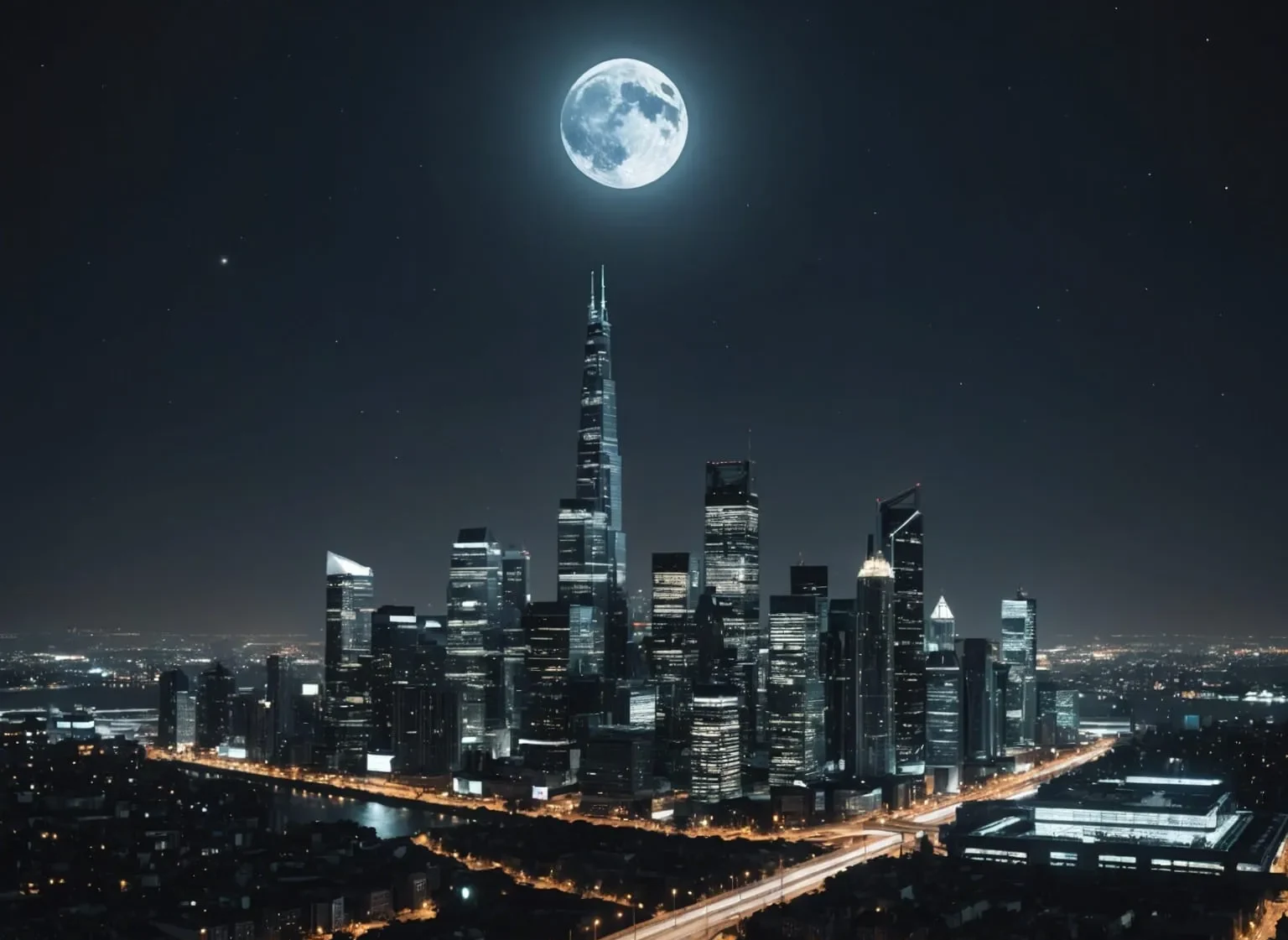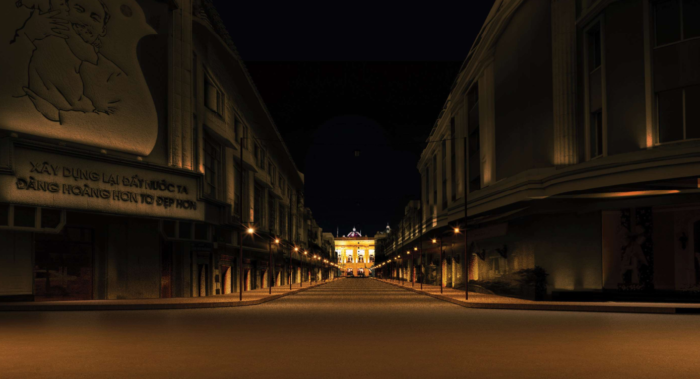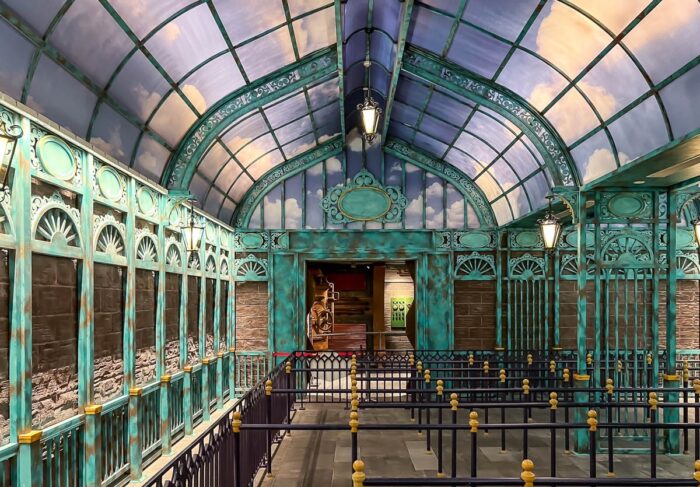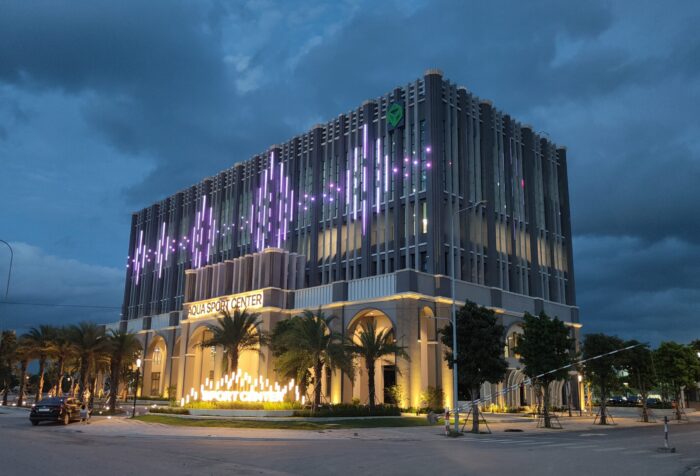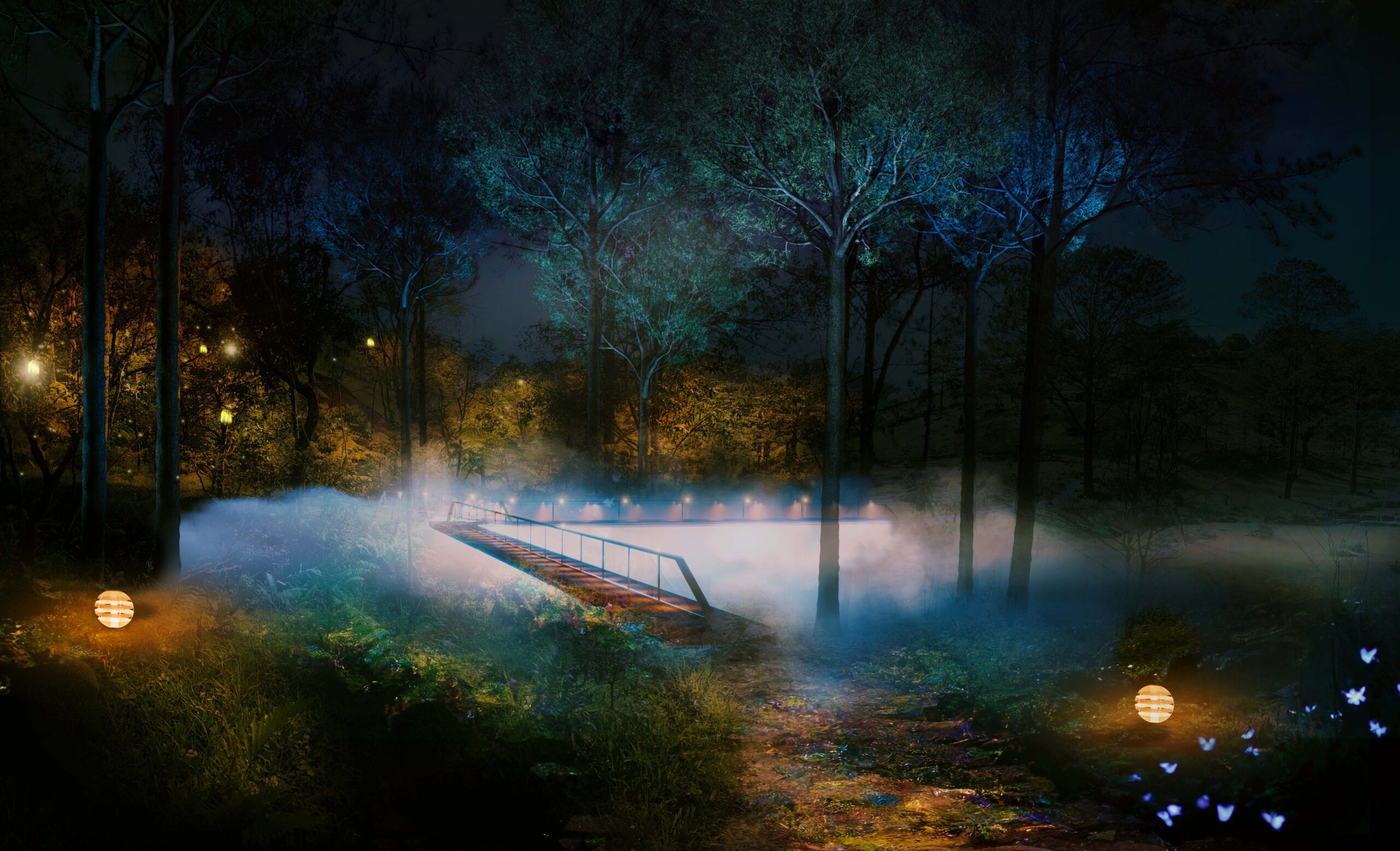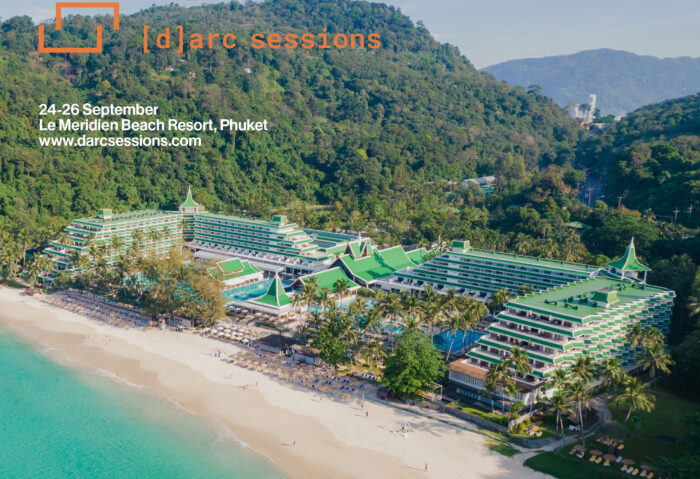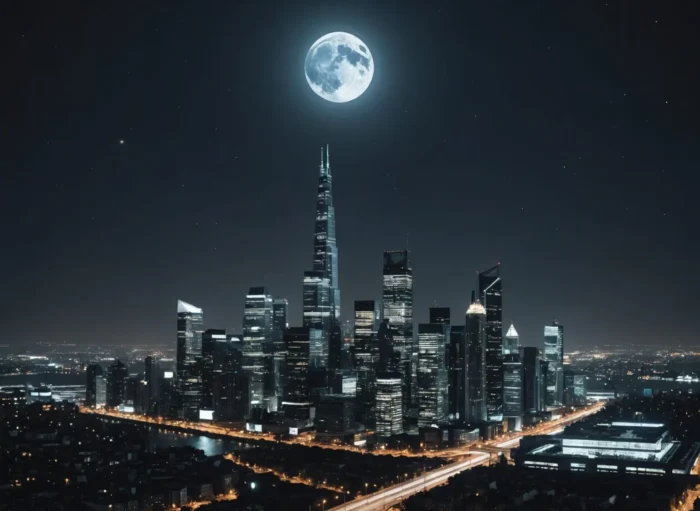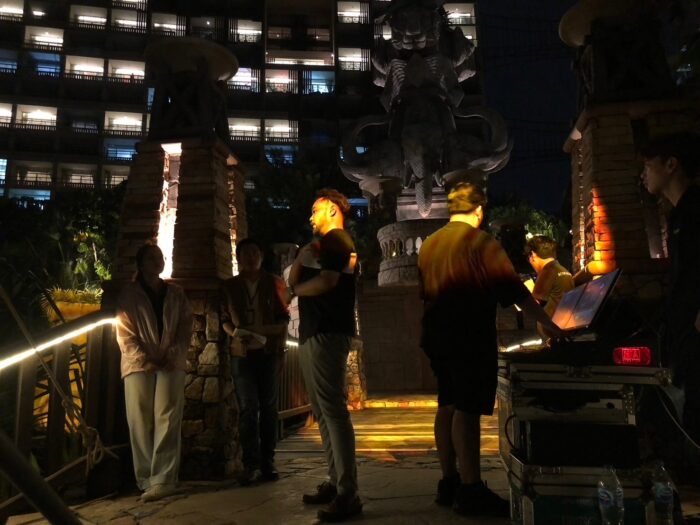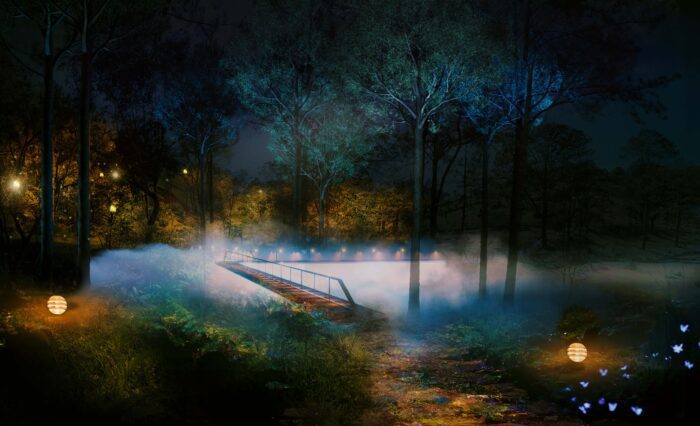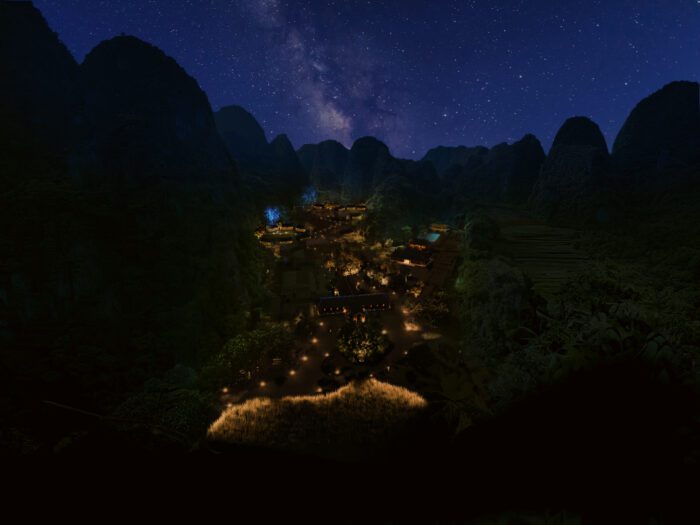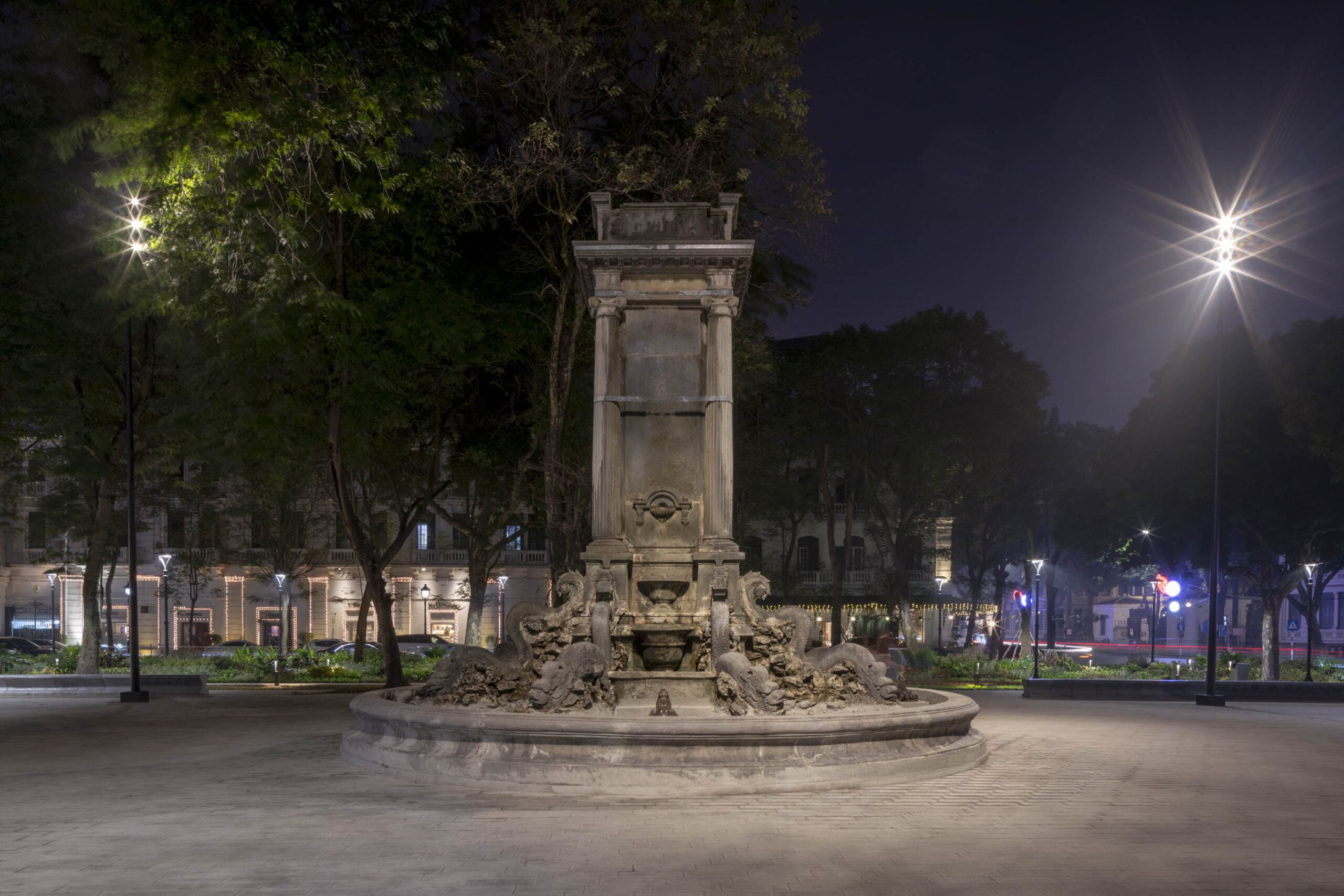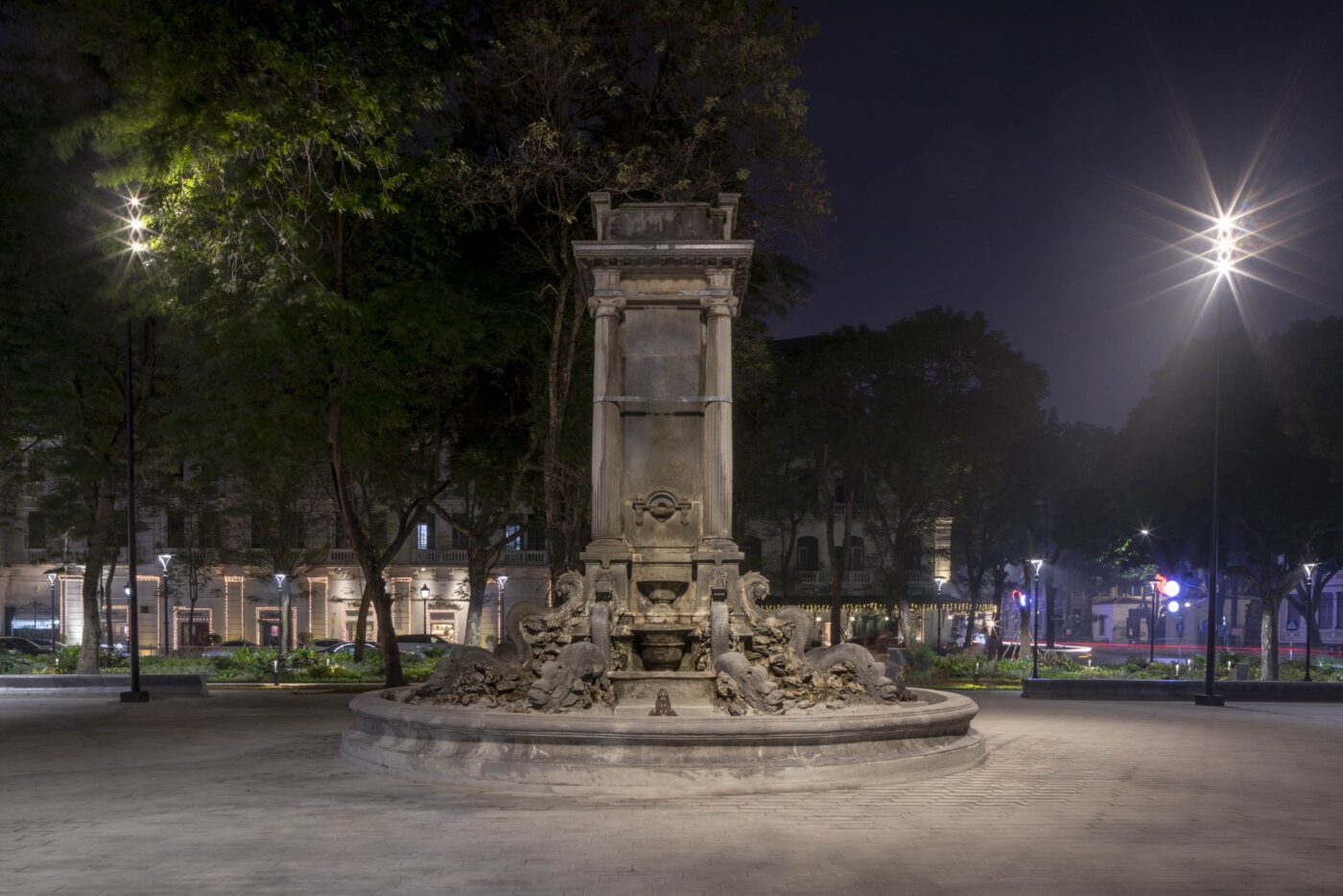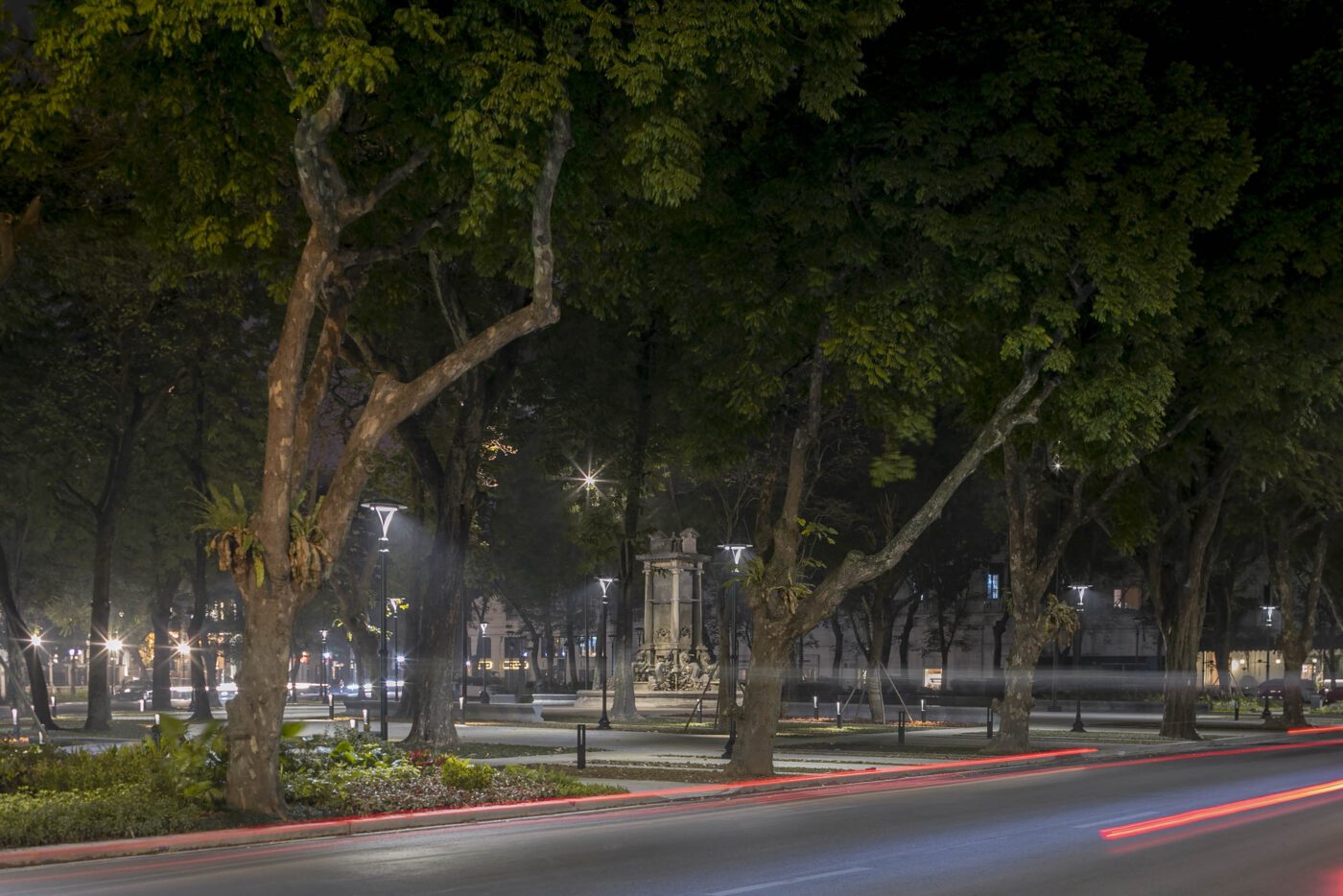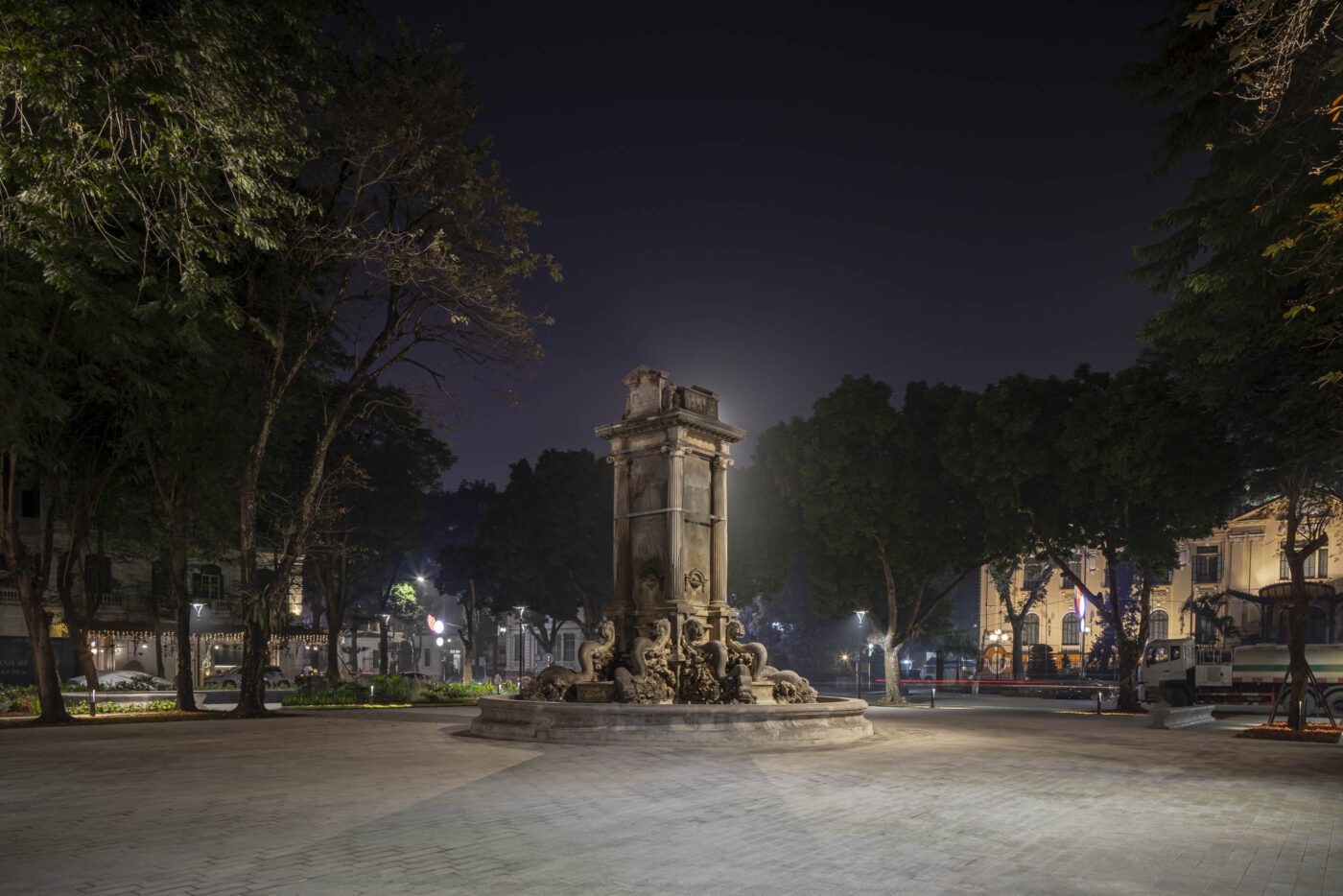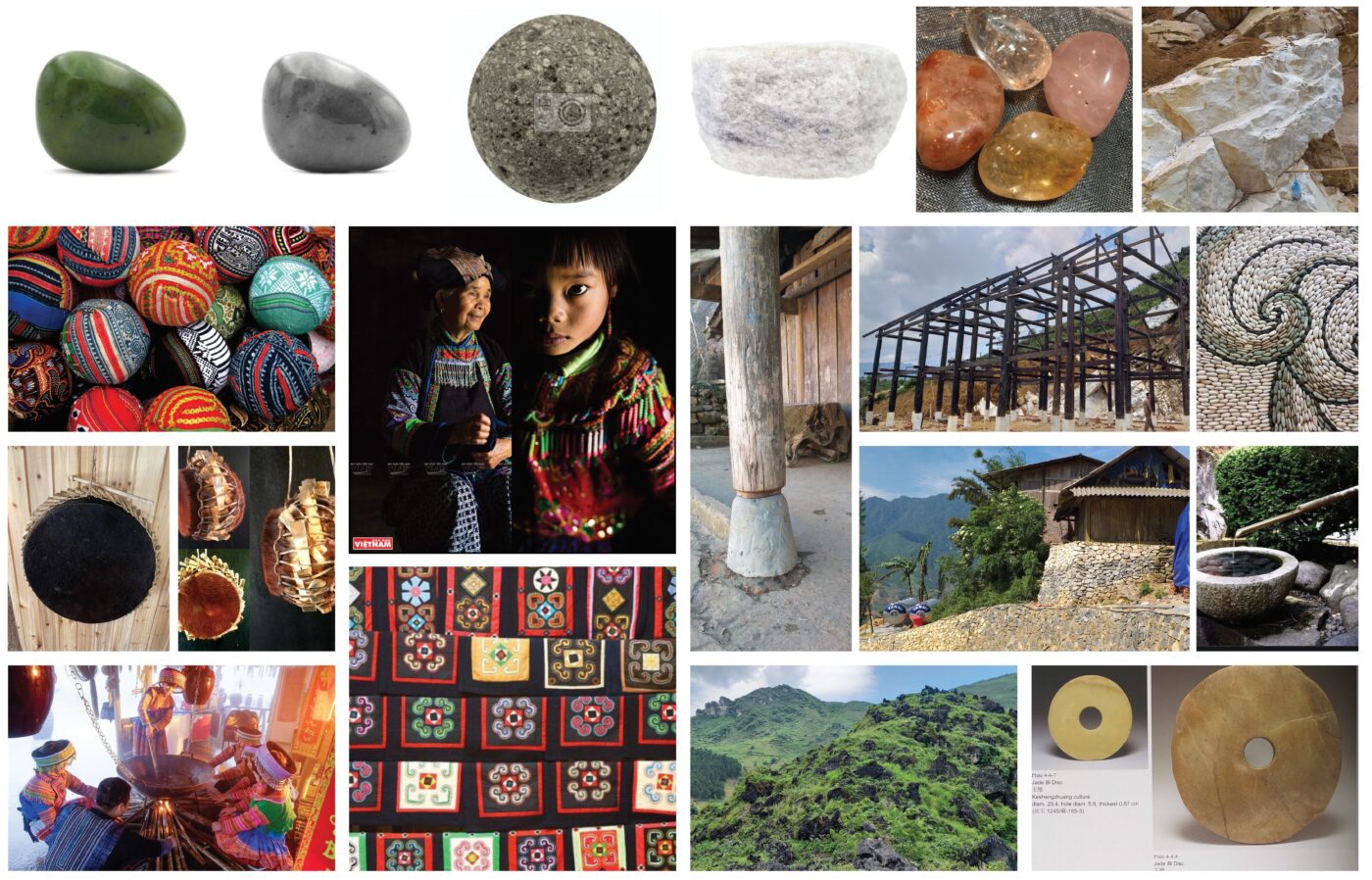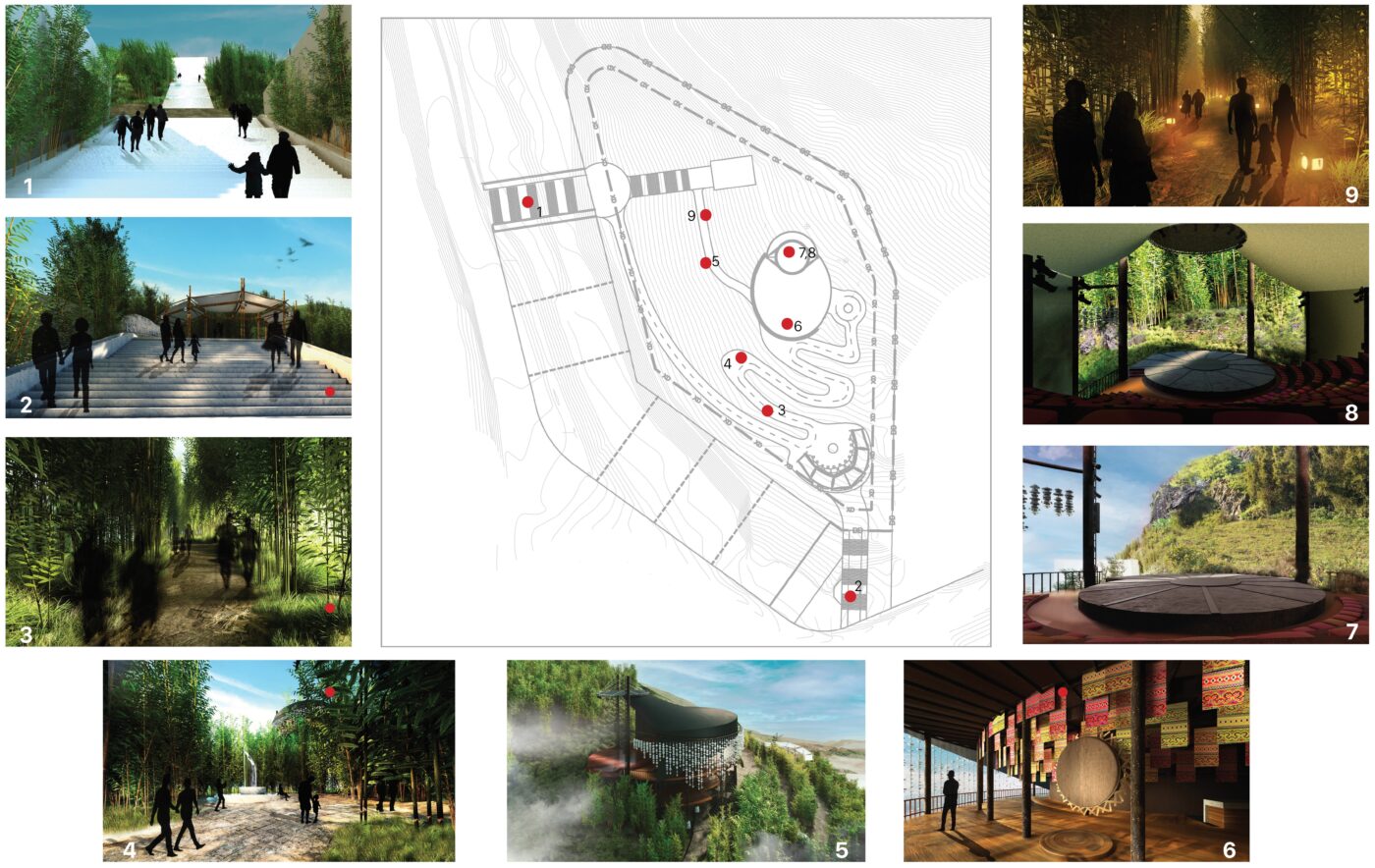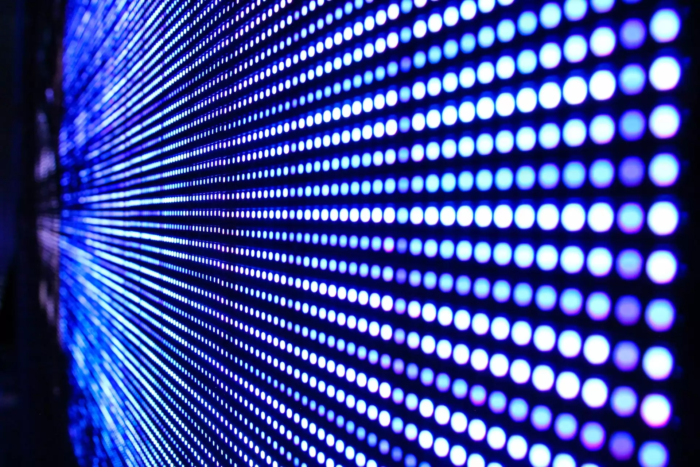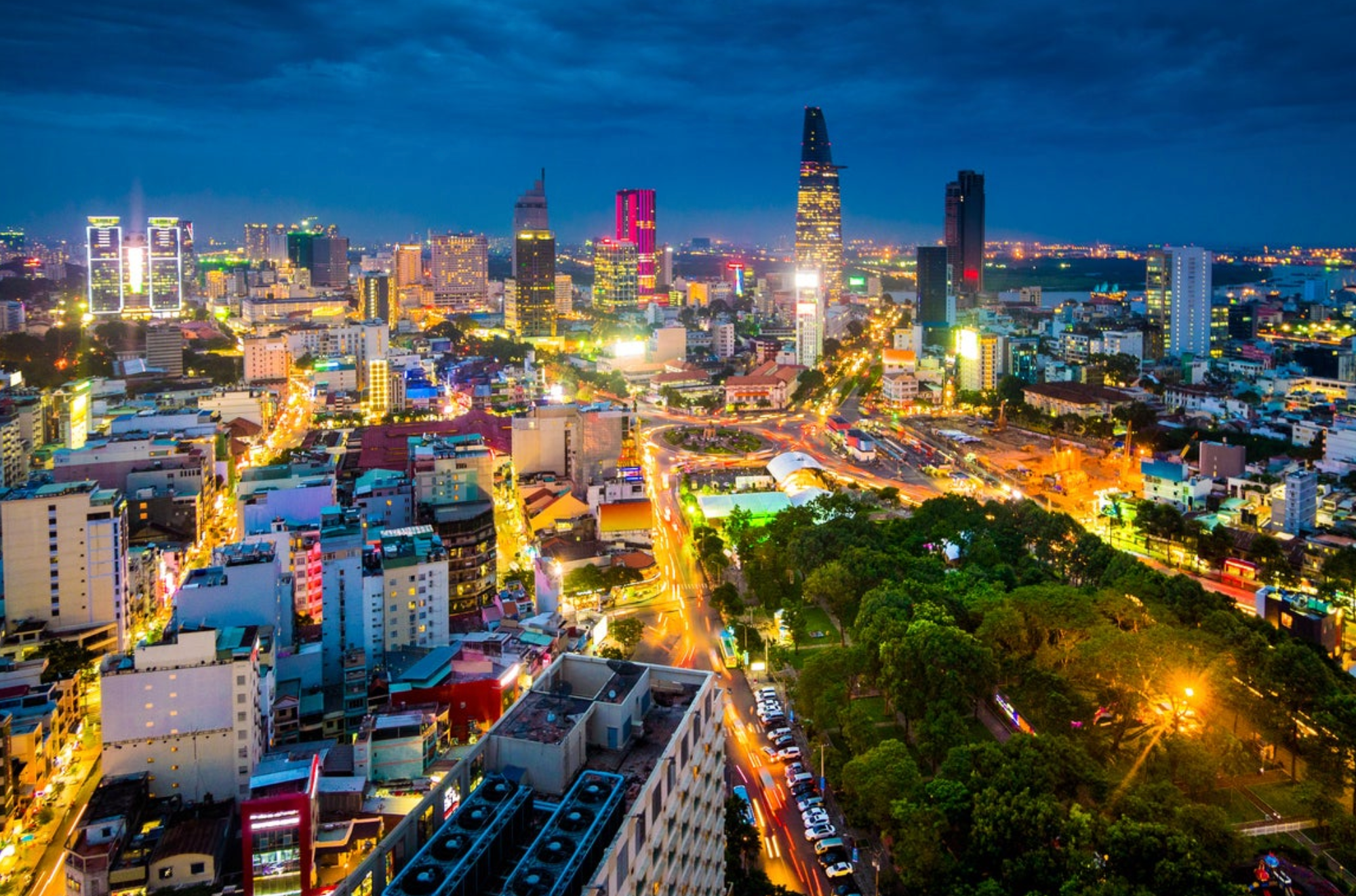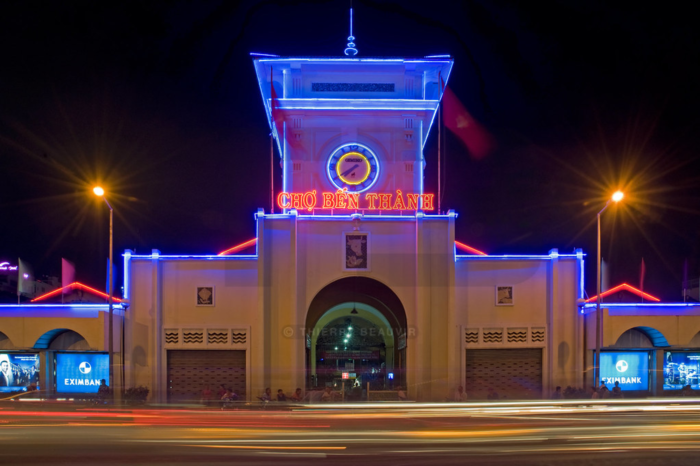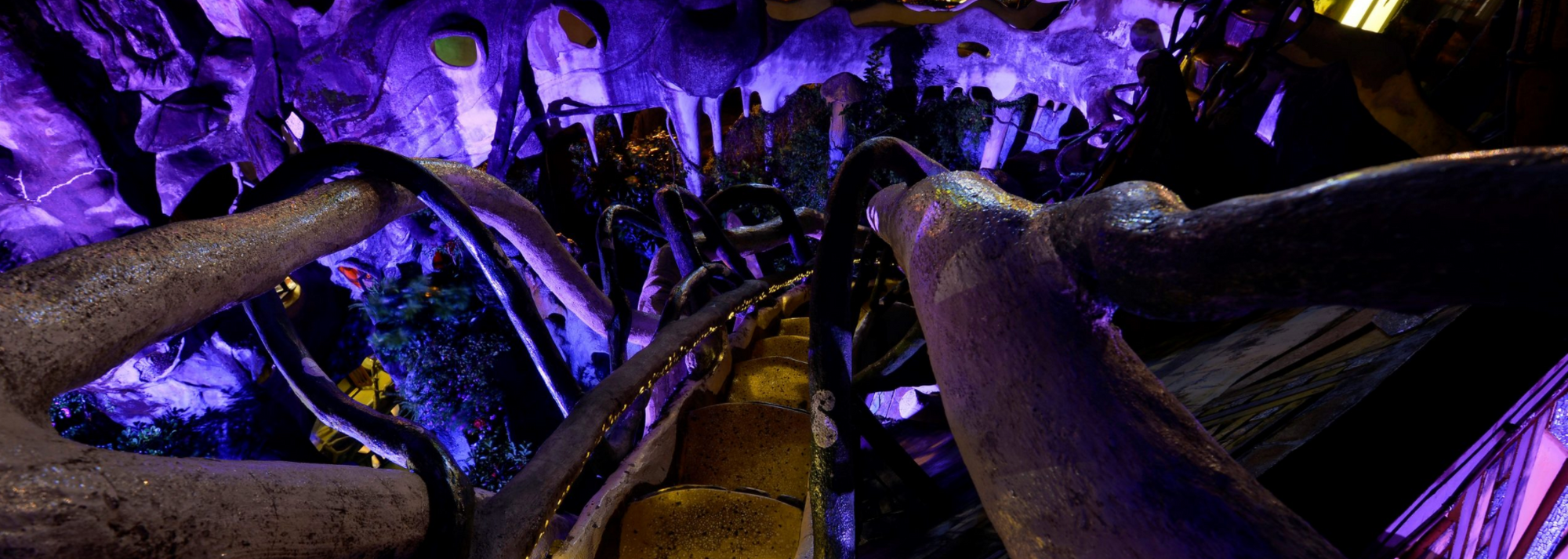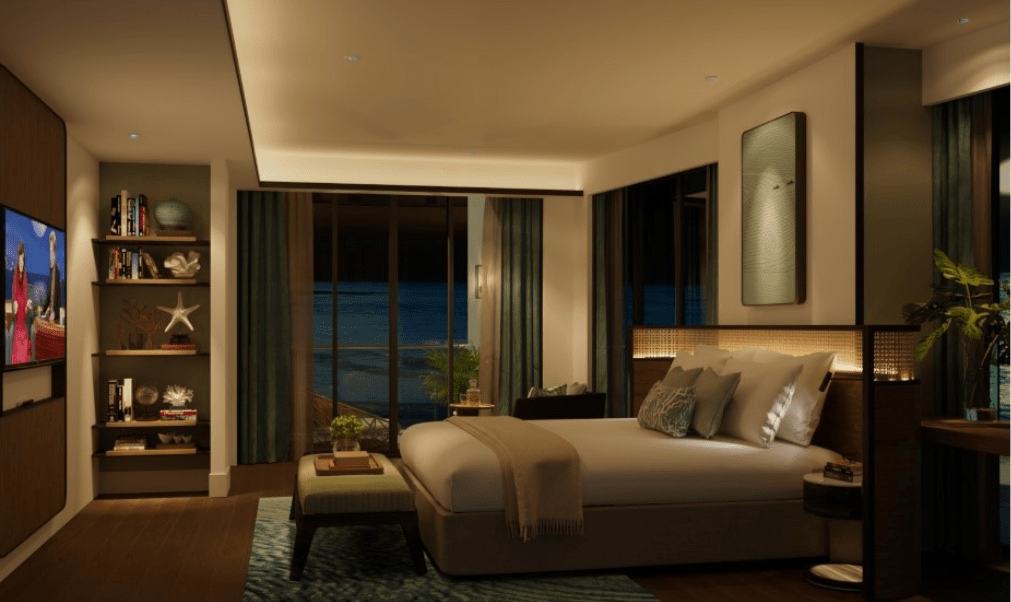NIGHTSCAPE | THEMATIC APPROACH
As a lighting designer with a background in architecture and scenography, our method of lighting design has always incorporated a mix of urban scale vision, narrative storytelling, and the fusion of technology and art. Additionally, our work on large-scale urban planning and landscape projects has shown me how the nighttime can open up a whole new perspective, as it transforms the landscape with light, highlighting the clash of different projects and strategies that often flood our cities and public spaces with light. However, the current situation poses several challenges, including light pollution, excessive energy use, discomfort, and the issue of light becoming too uniform and uninspiring.
We are currently in a pivotal moment where the design goals require more scientific input, but this one-way approach of solving a problem by technology tends to standardize, and erase many other aspects of the light, such the emotional and cultural aspects. So, what can lighting design offers in this area as a bridge between art and science ? To tackle these challenges, it’s crucial to adopt a global perspective on our nighttime environment. This is where the concept of nightscape comes in, which is essentially the nighttime view of urban landscapes, featuring a variety of architectural facades, landscape elements lit by artificial light, traffic signals, and other light sources like advertising screens, signs, and art installations.
We have been exploring and sharing insights on this topic across various projects, organizations, and conferences, aiming to uncover what could guide a new approach to lighting design, moving beyond traditional categorizations, and bringing together diverse expertise and perspectives from designers, manufacturers, scientists, municipalities, developers, and ultimately, the end-users, the citizens, around four key themes:
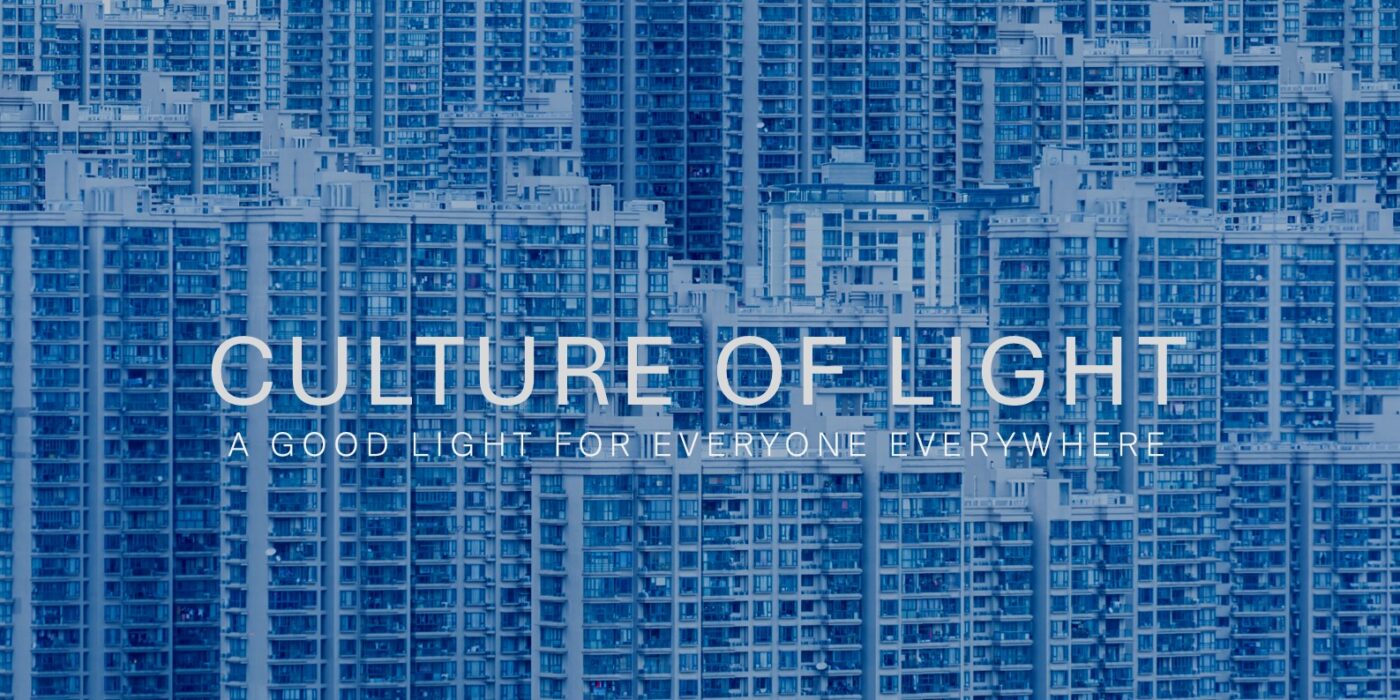
💡 Culture of light
Our cities have become uniform, including in their artificial lighting, with the same types of lights and patterns everywhere. This has led to a loss of the unique nighttime atmosphere in local areas. The “Nightscape” initiative aims to bring back a connection between people and their natural feelings about the night, which is part of our emotional memory. It also focuses on understanding how light affects our health and the environment, and ensuring everyone has access to quality lighting.
📐 Fusion of Art & Engineering
Light should be integrated as an artistic expression, transcending mere decoration and becoming a source of inspiration for citizens, actively contributing to a city’s illumination. The Nightscape approach develops art-driven narratives that establish a new connection between citizens and the nighttime environment, including their interactions with artificial light. This seamless integration is achieved through architecture, urban furniture, custom luminaires, and landscape design, merging the art of lighting with custom-made lighting technologies.
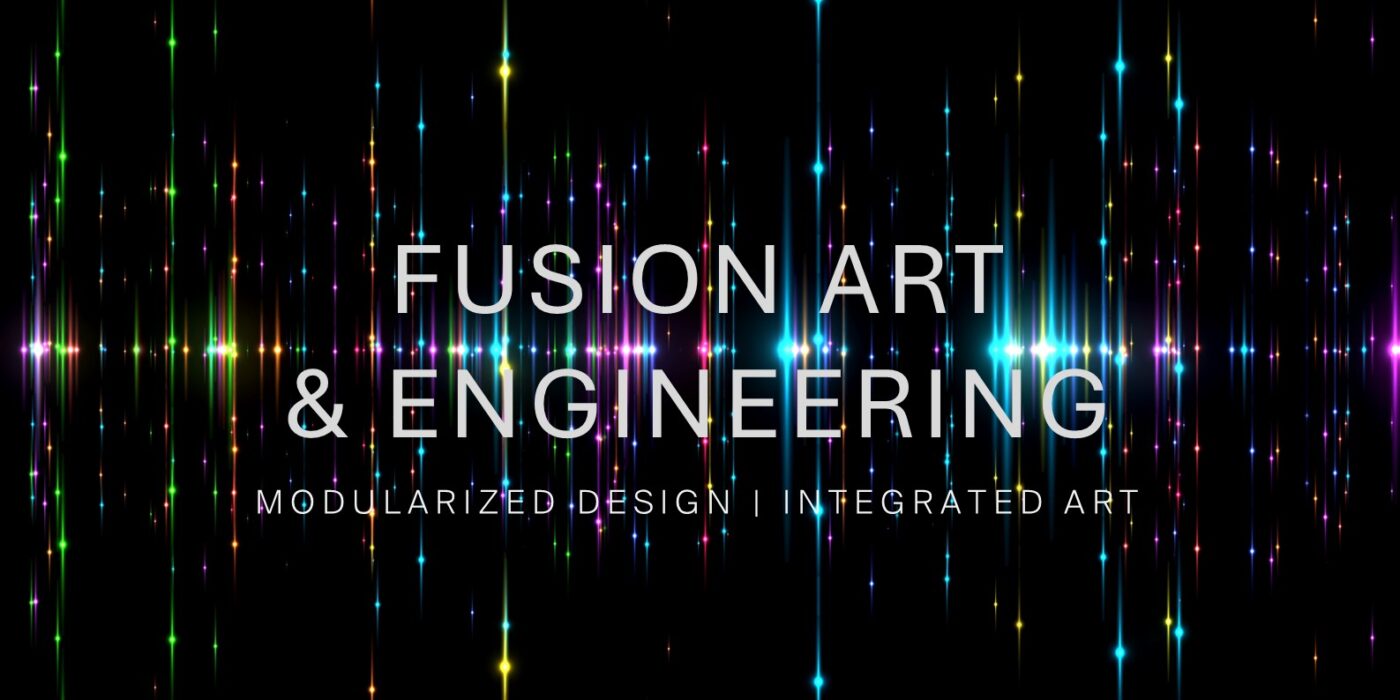

💫 Cosmos reconnection
The night represents the flip side of our world, unveiling the vastness of our universe, the stars and the moon. It’s crucial to restore a balanced relationship with the natural night cycles of our planet. The concept of nightscape appreciation brings about a fresh understanding of light pollution and the importance of sustainability, incorporating research in astronomy, wildlife, human health, and the circadian rhythm, among others. Numerous activities are already underway, thanks to significant organizations like Dark Sky, meanwhile, manufacturers are developing new technologies to meet these emerging challenges.
🔮 Future of Light
The field of artificial lighting is still in its early years, from the first electrical bulb light about 200 years ago, but its technology advancing rapidly, and so are the methods of designing lighting. It’s crucial to foresee the advancements in lighting and control technology, considering scientific studies on the effects on health and the environment, which necessitates a blend of knowledge from various disciplines to innovate. The future of lighting presents fresh chances to align with and interact with our nighttime surroundings, in harmony with our natural cycles and requirements, while minimizing light when it’s not needed, thereby conserving energy and reducing upkeep.
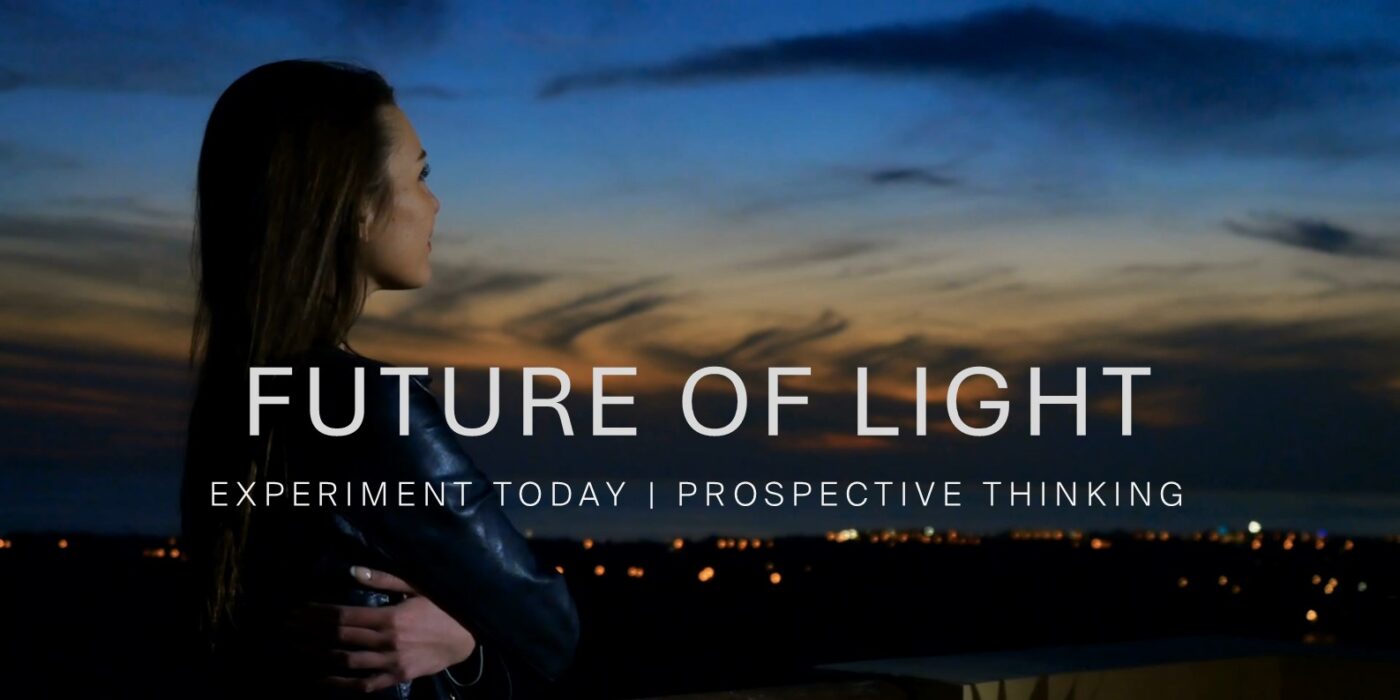
- Writer: Cyril Lamy
MORE WORKS
GOLDEN IMPERIAL HOTEL
We make an entrance ! Lighting design plays a crucial role in shaping the first impression of a classic-style hotel...
Read MoreLAZY RIVER | CENTARA GRAND MIRAGE
https://youtu.be/aXIy5u-30r4 A Nightscape Experience Across One Hectare This ambitious theming lighting design project was conceived for the Centara Hotel brand...
Read MoreHANOI NEW NIGHTSCAPE
The ‘‘ Golden Triangle ’’ Story We have entitled the new strategy master plan for the new nocturnal identity the...
Read MoreAIRSHIP THEATER
This is a pre-show area where guests are immerse in the narrative of the attraction. Our lighting scheme combines multiple...
Read MoreSPORT CENTER
Our studio has meticulously designed a media facade lighting system for a sports center in Vietnam, meticulously crafted to harmoniously...
Read MoreM GALLERY BABYLON
The lighting design plays a crucial role in this project, from the outer courtyard to the cozy intimacy of the...
Read More